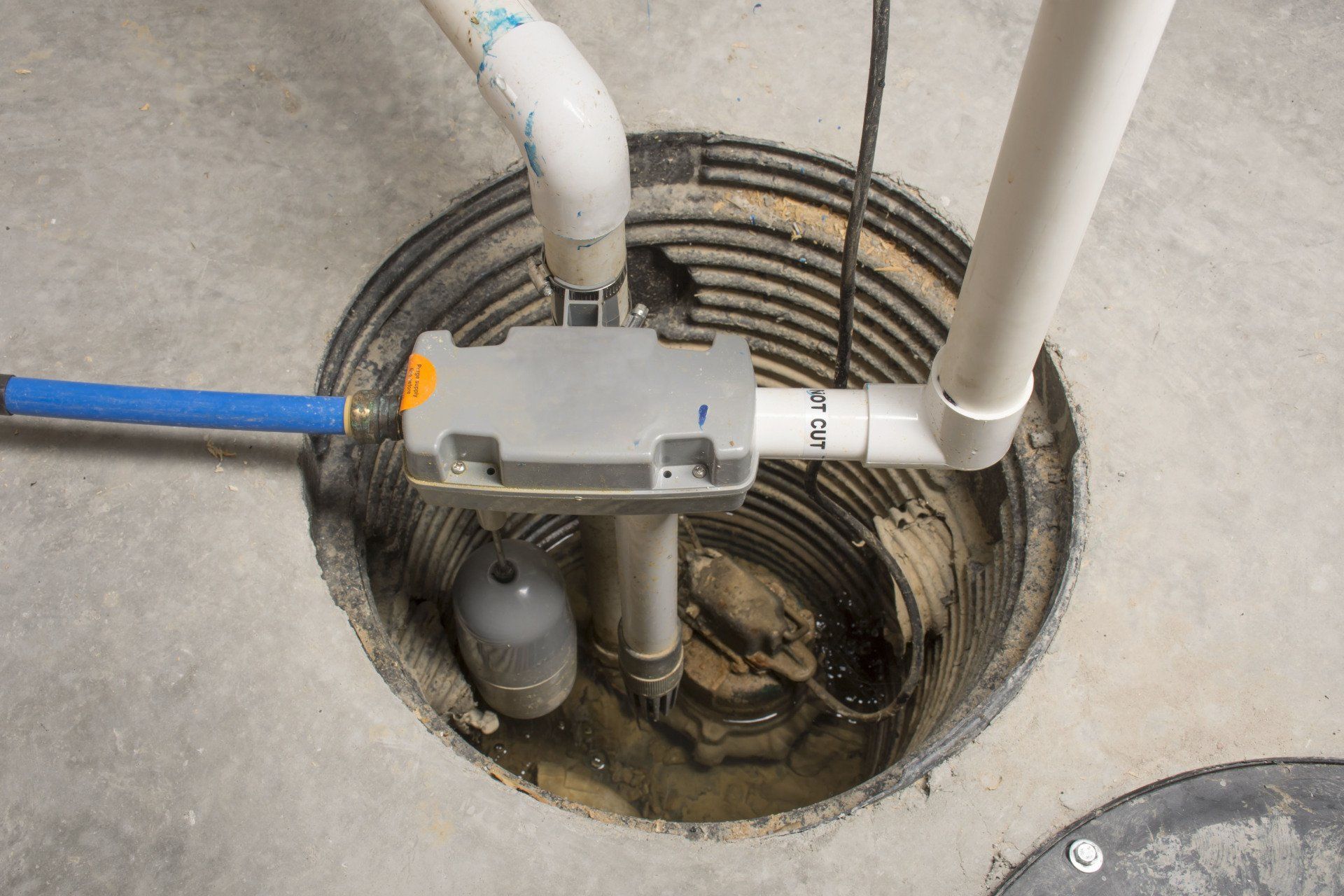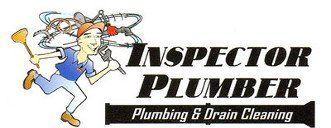Have you noticed the hot water isn't coming out the way it should? That is a sign you might need water heater repair. It's important to take care of your hot water heater because not only can it save money on energy bills, but it can also help avoid bursting and flooding your home with hot water. Remember, in most homes, water heating accounts for 18% of the total energy use.
In this article, we will discuss signs that indicate you might need hot water heater repair. If you notice any of them, your water heater needs repair and should be inspected by a professional as soon as possible.
No Hot Water
A sign that your water heater needs repairs is when there are periods when no hot water comes out at all from any sinks or faucets in your home. This could be due to problems with pressure within pipes and fixtures throughout your home, or an inadequate supply of electricity entering electrical outlets for appliances, among other reasons.
The Hot Water Is Running Out Too Quickly
Water heaters are usually set up so that about 20% of hot water will be used before it is heated again. If you notice your hot water isn't lasting as long, this may signal a problem with your heater and a need for water heater repair.
You Can Hear Hissing or Popping Noise When Turning on the Hot Tap
This could mean there's air in the pipes and nothing more serious than just needing to release it by unscrewing an outside faucet, but if you continue to hear these sounds, they might need replacement which requires water heater repair services.
The Hot Water Takes Forever to Warm Up
A normal water heater should take around 30 seconds to heat your tap water, and if you're waiting longer than that, then chances are there is an issue with your hot tank.
Water Leaks from Pipes Near the Top or Bottom of the Hot Tank
This happens when sediment builds up in either part of the tank, usually at either end. Not long after this occurs, rust starts building on those parts and could eventually lead to leaks and bursting.
Stains in Your Sink Drain or Bathtub
There are stains in your sink drain or bathtub from rust particles, indicating leaking pipes near your hot water tank. The leak can occur due to wear and tear over time, corrosion buildup within new joints, erosion of galvanized piping materials, damage from freezing conditions, improper installation of fittings, valves, or gauges, or an accumulation of sediment blocking drain lines (fouling). A professional plumber with experience diagnosing these issues should inspect all potential avenues before performing any repairs.
There's a Leak in the Hot Water Tank
It is not uncommon for hot water tanks to leak. There are many causes of these leaks, but the easiest way to find out if your hot water heater has a leak and needs repairs is by checking the drip tray that sits beneath it after you've just used hot water in your home. If there's a puddle or pool of hot water on top of this drip tray, then chances are your hot water tank isn't working properly.
Discoloration of Water
If your hot water suddenly changes to a different color, such as reddish or brownish in hue, then this could mean that sediment has formed inside the tank and is being transferred through hot water pipes. This can indicate corrosion occurring with metal parts inside due to condensation and poor circulation of hot water within the tank. It should not be ignored for long periods.
Maintaining hot water heaters is an important task for property owners as hot water heating systems are a key part of our lives! To reduce the risk of more serious issues arising, such as corrosion damage, watch out for these signs. If you or someone in your household experiences any one or several of them, kindly contact us immediately.


